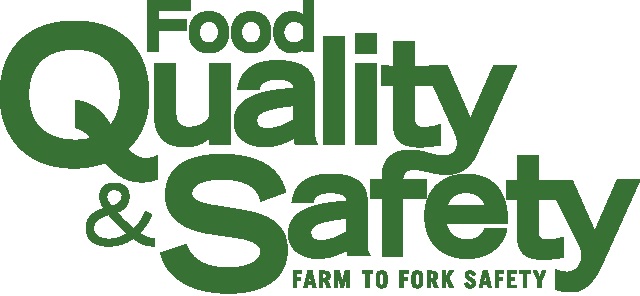Ethylene oxide (EO) is a colorless gas widely used to preserve dry food. Residues of EO and its degradation products need to be monitored since their consumption negatively impacts human health. Ethylene oxide poses challenges for analysts as a small and highly volatile molecule. This means that special precautions must be taken during sample preparation to avoid analyte losses through evaporation. A comprehensive workflow from sample extraction to highly sensitive GC-MS/MS analysis is presented, meeting regulatory compliance according to the SANTE validation criteria for pesticides residues in food and feed.
In this case study, you’ll discover:
- The utility of the Thermo Scientific™ TRACE™ 1610 GC system and the Thermo Scientific™ TSQ™ 9610 triple quadrupole
GC-MS/MS for the analysis of ethylene oxide and 2-chloroethanol residues in food samples. - A comprehensive workflow from sample extraction to highly sensitive GC-MS/MS analysis;
- Regulatory compliance according to the SANTE validation criteria for pesticides residues in food and feed; and
- The robustness of the system to provide stable results during a 3-day unattended sequence.

